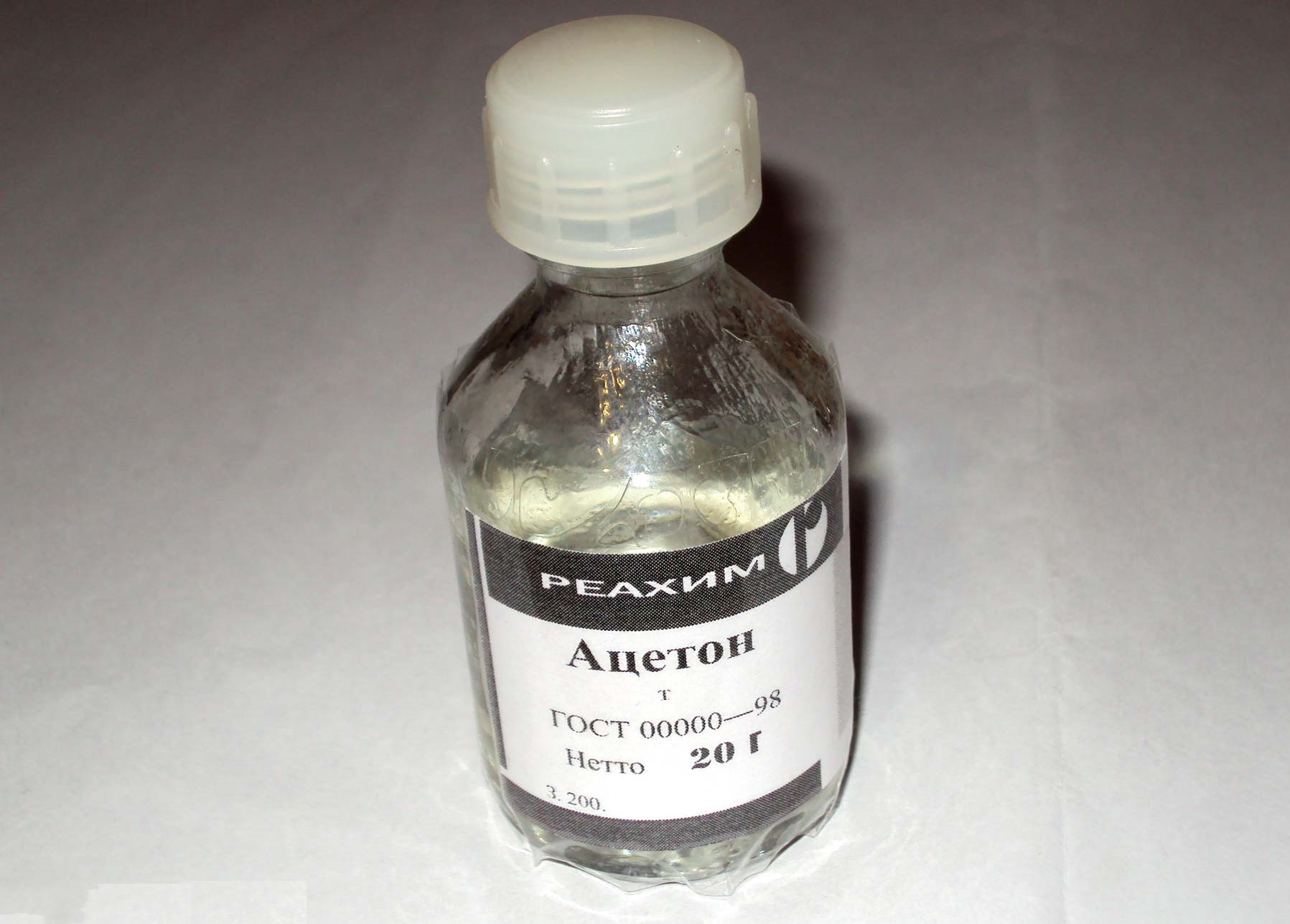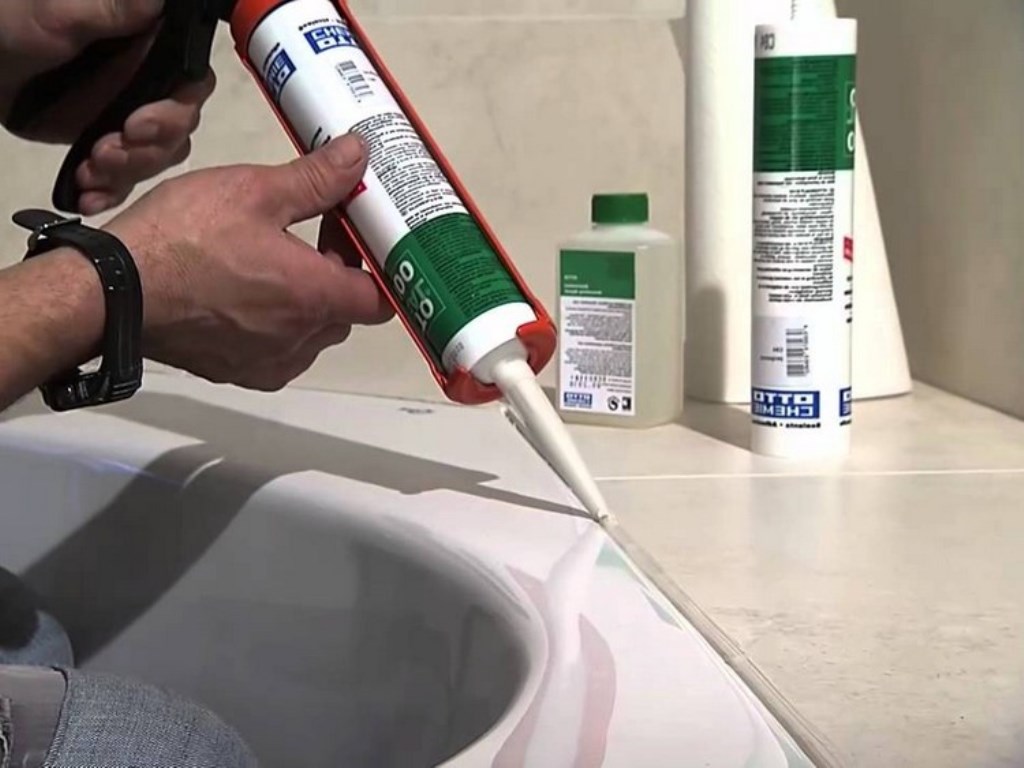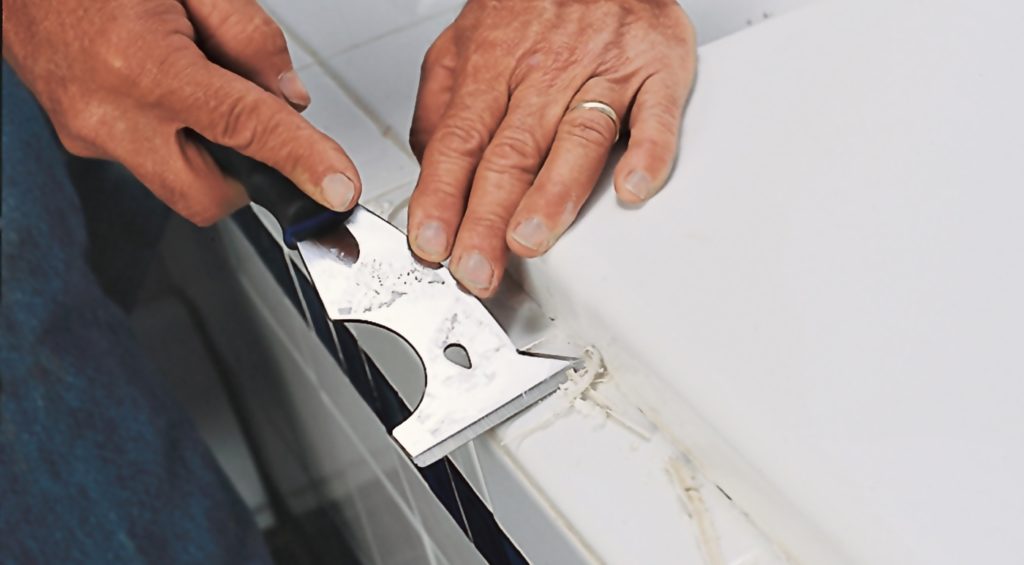Removing silicone sealant
In most cases, when carrying out construction or plumbing work, a sealing compound based on silicone rubber, the so-called sealant or "silicone", is used to seal joints and improve the quality of inter-element joints. However, no matter how careful the masters are, no matter how perfect the technologies are used, it is almost impossible to avoid the remnants of the mixture on adjacent surfaces. Therefore, knowing how to remove silicone sealant will always come in handy for any type of household work, both at work and at home.

- Key features
- How to clean a sealant with a solvent
- How to wash the sealant using folk remedies
- How to clean sealant from different surfaces
- How to remove the remains of silicone sealant: important points
- Major mistakes
- What you need to know when replacing a sealant
- Safety at work
- Video: how to easily remove silicone sealant
Key features
Today, there are many types of sealants on sale: acrylic, silicone, polyurethane. Nevertheless, the bulk of existing sealing mixtures differ in chemical composition, which can be both two-component and one-component. It is the latter that is used in everyday life, being known as a silicone sealant.

In turn, such a mixture is divided into two types:
- Acidic. A common sealant that is significantly cheaper due to the presence of acetic acid, which promotes accelerated bonding and polymerization.
- Neutral. This option is more preferable when working indoors, however, it is distinguished by increased requirements for the treated surfaces and a long polymerization period (up to a day), which may not always be convenient.

How to clean a sealant with a solvent
The popularity of silicone sealant is primarily due to its high adhesive properties and short curing time. In most cases, if necessary, to completely remove the dried layer, special solvents are used, so nothing but a knife or a scraper can be used to clean it from the surface.

Types of chemical solvents
Before applying chemistry, it is advisable to know the type of sealant that needs to be wiped off. For sealants with vinegar hardener, this should be one type of rinsing fluid, and for neutral sealants, another. Usually, a suitable product can be purchased at any hardware store or from a specialized distributor of the manufacturer for the specified brand.

Before removing the remaining silicone sealant, it must be well treated with a solvent. In this case, you should not moisten the entire seam or patch at once, since, for example, white spirit quickly evaporates and this procedure will have to be carried out again. It is better not to rush and remove the sealant in small parts and only after it has softened under the influence of chemicals.

Acidic
Treat this type of sealant well with a concentrated 70% vinegar solution. You can also try industrial alcohol. In addition, there are universal means that allow both to clean a sealant of a known composition, and to dissolve arbitrary types of mixtures, the hardener of which has not been determined in advance. For example, "Penta-840" or "BODY Antisil 770".

Neutral
These sealants work well with gasoline, white spirit or acetone. You should be careful with the latter, as it is not suitable for all surfaces. You can also use more effective products that include methylsiloxane, such as Dowsil OS-2.

Note! The use of solvents will only soften the hardener. The primary removal of the sealant still needs to be done mechanically, using a knife or spatula.
How to wash the sealant using folk remedies
In the absence of special washes, the silicone can be removed with improvised means. Cure time is of key importance here, since freshly spilled silicone can be easily removed from most surfaces with a regular damp cloth lightly dampened with vinegar.

The hardened sealant mixture cannot be easily removed, since it has already formed an adhesive layer that has penetrated the micropores of the material. For cleaning, you will need to scrape off the main protruding ridge (usually with a knife or a thin spatula), after which you can try to remove the residue using a damp swab with salt. In some cases, cleaning with a pumice stone or treatment with acetic acid will give a good effect (requires compliance with safety rules). Sometimes strong heating helps, for example, a hairdryer. In this case, the type of surface to be treated should be taken into account.

Important! When removing sealant, remember a simple rule: the longer the sealant stays in the air, the more difficult it will be to peel off!
How to clean sealant from different surfaces
Silicone sealant has earned the fame of the most "harmful" among home craftsmen, since it is able to penetrate even the smallest cracks, from which it is almost impossible to remove it after hardening. Therefore, if the sealant gets on non-working surfaces, you should immediately begin to neutralize it, because with every minute the costs and time to scrape off the affected area increase exponentially. At the same time, some materials, in principle, do not allow you to get rid of silicone.

From glass
Since the physical structure of the glass prevents deep adhesion, to remove the sealant from its surface, it is enough to cut the base layer with a knife with a thin blade, and then remove the residual film with white spirit or a regular stationery eraser. Particularly stubborn layers can be removed using strong heat or in a more radical way, for example, with a drill with a felt nozzle.

From plastic
Silicone is much easier to remove from this surface, since the plastic is also slightly susceptible to adhesion (if no special treatment has been carried out). However, to remove it, you still have to use a solvent that is applied to the stain area and cured for an hour. After that, the bulk of the silicone is removed with a spatula. The residual film can be easily washed off with any degreasing agent.

Important! Before removing the sealant from the bathtub at home, you should follow all precautions, since not all solvents are equally "friendly" to plastic, especially to acrylic coating. It is better to use a special tool such as Dow Corning OS-2.
From tiles
On the one hand, the tiled surface allows the use of any chemistry that is capable of softening sealants, and on the other hand, it is still impossible to do without mechanical treatment. This means that there is a risk of damage to the glaze coating of the tiles. Therefore, in order not to spoil the enamel, it is necessary (if possible) to carry out an experimental removal in the least noticeable place - this procedure usually involves the use of a solvent, followed by treatment with an abrasive or a spatula.

From clothes
The most difficult case, because there is nothing worse than a cloth soaked in a sealing compound. A more or less acceptable result can be obtained only by removing fresh silicone, since it is almost impossible to clean a sealant that has already dried out. However, you can try the following:
- Gasoline cleans up a film of recently spilled sealant.
- Hardened silicone is worth trying to freeze. For example, in the freezer. Then try to knock it off.
- Heat treatment sometimes helps. It is necessary to iron the contaminated area through a paper towel - some of the sealant will be absorbed into the paper, and the rest can be washed off with a solvent.

From hands
Despite the fact that all work is recommended to be carried out with protective gloves, silicone still occasionally gets on the skin. If this happens, you need to wipe the affected area well with a clean cloth dipped in vinegar and water (1: 1) and then remove the remaining sealant with a solvent.

How to remove the remains of silicone sealant: important points
First of all, you need to understand what you have to deal with. Fresh sealant can be removed easily enough, while hardened or old - will require significant effort. Typically, there are two main steps to removing dried silicone:
- Mechanical restoration. The existing layer is scraped off with a knife or any suitable sharp object, as thoroughly as possible. To facilitate this process as much as possible, the silicone is pre-wetted with a solvent (the composition is selected in advance), which softens its base, thereby facilitating scraping.
- Wash off. Usually the sealant cannot be completely cleaned off. Therefore, its remains are washed off with various solvents ("Penta-840", "Mellerud", "Lugato Silicon Entferner") or degreasing agents (gasoline, acetone, white spirit).

Major mistakes
Before removing the remains of silicone sealant, you should assess the degree of influence of this procedure on the surface from which it is required to wipe off. This is an important point, since the wrong approach or the wrong choice of a chemical agent will help spoil its appearance or completely spoil it.

To avoid possible mistakes, keep in mind:
- All mechanical work on plastic or glossy surfaces should be carried out without the use of a metal tool - a plastic or wooden scraper.
- Painted surfaces must not be cleaned with acetone or gasoline.
- Glossy surfaces can lose their gloss due to the solvent used. Therefore, you must first try its effect in a place where it will be noticeable least of all. In addition, it is prohibited to use any abrasives.

What you need to know when replacing a sealant
The process of replacing an outdated sealing mixture is quite laborious and requires a certain approach. The first step is to inspect the surfaces to determine how to remove the silicone sealant. If the material allows, it is better to use solvents for this, having previously cleaned the old layer.

The use of a solvent will also be justified by the fact that before forming a new seam, the adjacent surfaces should be thoroughly rinsed and degreased. It is better to do this with white spirit, although gasoline can also be used. The new silicone is inserted into the joint space using a special device.

Safety at work
Most old sealant removal operations involve both cutting tools and aggressive chemical fluids. Having decided how to remove the remains of silicone sealant, you should take the necessary precautions:
- All operations should be carried out in rubber gloves, as well as in comfortable clothing that does not hinder movement. The working conditions should not create additional disturbances.
- When using tools with sharp edges, you should be extremely careful - do not work with the weight or with one hand.
- The use of chemicals is prohibited in small, confined and poorly ventilated rooms.
- When replacing the sealant, you need to be extremely careful and not allow silicone to get into open areas of the body, and even more so, into the eyes! Carry out work only in a protective mask.
Thus, for any type of household or construction work (especially at home), all of the above should be taken into account in order, if necessary, to be able to quickly localize the damaged places, bringing their condition to its original form. Moreover, understanding how to remove silicone sealant will allow you to better organize the work process, and the availability of knowledge and experience will make it possible to avoid significant problems later.
Video: how to easily remove silicone sealant









